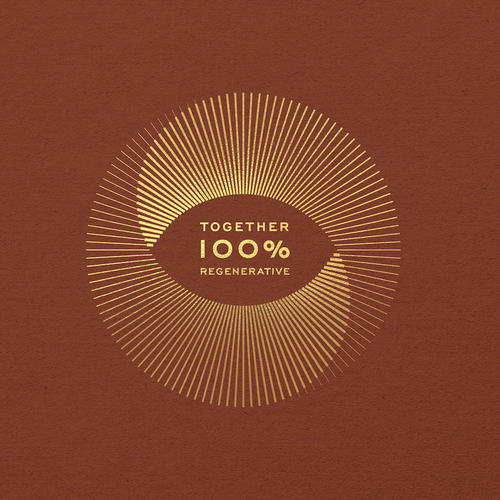After an hour’s flight in a small prop plane and an entire day in the boat, guided by Movima friends from nearby, I finally get to taste the wild one. True, original Beniano cacao, foraged in the thicket of the forest. Small yellow fruits grow on dark stems rooted deep into the water, the dense forest canopy towering above. I wonder how it’s possible these cacao trees don’t wither, with their roots in the river water for months at a time.
The old Beniano trees grow tall and vivid like big bushes, with stems pointing in every direction. You can see them grow everywhere along the river, on islands and embankments. Locals call them chocolatales, the chocolate islands. Some of them are structures of earth built by a pre-Columbian civilisation that used to live on these savannah-forests 1000 BC. Some scientists claim that they grew cacao, others argue that the cacao here has been dispersed by monkeys and birds primarily. Certainly the monkeys, mainly capuchins and squirrel monkeys enjoy the cacao fruits. But also the great blue and yellow macaws flying overhead, like aerial seed couriers. Beneath them roam jaguars, ocelots, tapirs and giant anteaters, while piranhas, caimans, anacondas and pink river dolphins populate the waters.
The beans we source for our Beni Wild 66% grow on the territories of several indigenous groups along the rivers. To them, all harvesting wild cacao is a traditional and sustainable source of income in a place with few other opportunities. The savannah-forest is flooded every year during the rainy season, sometimes forcing the indigenous communities to become nomads. With little land above water, it’s hard for the Movima to grow crops. But the wild Beniano tolerates the waters and it’s a common practice to harvest it by boat.
The sun has been beating down on us in the boat for four shadeless hours, as we have moved up the river. Fed by thousands of streams running down from the mountains, the Mamoré river is beginning to show its strength which will carry it all the way into the Amazon. We glide up to a cluster of water lilies in the middle of the river. They are so gigantic, I feel like walking on them. Reminding myself of the piranhas, black caimans and 100-kilo catfish underneath, I stay inside the boat. As the boat engine falls silent, so does everything around. Bird calls now echo with extraordinary clarity. I hear the faraway cry of an eagle. Later, we hear water splashing. Behind us, a pink river dolphin breaks the water’s surface. A moment later, it reappears for a second viewing (who views whom?) on the other side. The dolphins, called bufeo by the locals, seem to be curious before they move on, in their magical way.
The Movima people along the Apere and Mamoré rivers live with and off the river fishing and hunting. Today, the cocoon of centuries-old forests is at risk of being lost to industrial mono-cultivators supported by the governments of Bolivia and Brazil.
Healthy cacao-forests and agroforestry systems function as buffer zones for the landscape and as corridors for wildlife that moves between preserved forest areas. These forests store carbon, enrich the soil, protect watersheds, generate rainfall and they can supply their caretakers with a great diversity of food and income sources. It is this sustainable land-use model Original Beans customers grow and support when they buy the Beni Wild 66% and join our One Bar: One Tree programme.
In the Beni, Original Beans customers additionally support the identification of the best wild Beniano trees that will be raised in village-based nurseries together with other tree species. They help indigenous Movima communities plant in diverse and well-designed agroforestry systems. They encourage crops like yucca, plantain and avocado to improve the local diet, while crops like cacao, achiote, allspice, grandiflorum and bananas provide a better income. Large trees such as mahogany, palo maria and massaranduba can be of great value to the families in 20-30 years. Some trees tolerate flooding, while others don’t. Some trees prefer to grow under a shade, while others prefer full sun. The more robust the diversity, the more robust the resilience against the upcoming storms, floods and extreme weather changes. Only with resilience and joined forces, will the Movima resist the fire frontier pushed by larger economic interests and ensure the preservation of their ancestral rainforests in the Amazon. Only together will we preserve our natural world in all its beauty.
The best way to preserve the rainforest for every one of us is with our choices of consumption. It has taken years to develop the Beni value chain that reaches into the heart of the Amazon. Now, the choice is yours. #TasteTheRareAndPreserveIt






